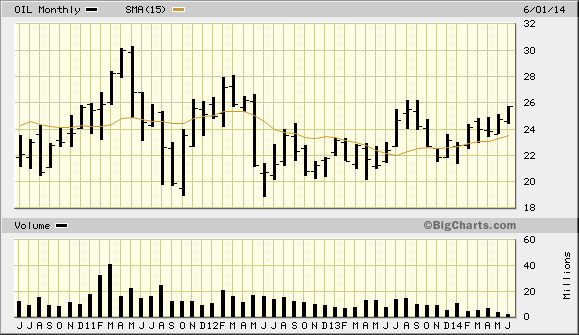They key
to capturing the big moves in the gold/silver stock market is internal momentum, which can predict the market’s
path of least resistance.
Below is a
graph of the trading recommendations made in the Gold & Silver Stock Report since 2011.
Compare this with a chart of the XAU and
you’ll see why it’s important to have a reliable technical trading discipline
in your corner when it comes to navigating the precious metals market.
Our relative
strength approach to selecting gold and silver stocks has allowed us to beat
the XAU year after year with only a fraction of the volatility in most gold
stock portfolios. Without conservative
technical trading method, moreover, an investor following our advice has a zero
probability of ruin due to the built-in safeguards afforded by our stop-loss
system.
Click here for more information on GSSR.







